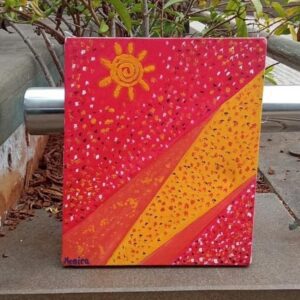Unlocking the Secrets of Handcuffs: A Comprehensive Guide
In the realm of law enforcement and security, handcuffs play a pivotal role in restraining individuals and maintaining order. But beyond their utilitarian function, handcuffs hold a fascinating history and possess various intricacies worth exploring.
The Evolution of Handcuffs: From Ancient Times to Modern Innovations
Since their inception, handcuffs have undergone significant evolution. From rudimentary restraints used in ancient civilizations to the sophisticated designs of modern law enforcement, the development of handcuffs reflects advancements in both technology and societal needs.
Understanding the Anatomy of Handcuffs: Components and Mechanisms
Handcuffs consist of several key components, including the lock, hinge, and ratchet. These elements work in tandem to secure a person’s wrists, providing a balance between restraint and comfort. Understanding the mechanics behind handcuffs is crucial for effective usage and maintenance.
The Role of Delving into Handcuffs in Law Enforcement: Ensuring Safety and Control
In law enforcement settings, handcuffs serve as essential tools for restraining individuals who pose a threat to public safety or are under arrest. Proper training in handcuff application is imperative for officers to minimize risks and ensure the humane treatment of detainees.
Common Types of Handcuffs: Traditional vs. Modern Designs
Traditional handcuffs typically feature a metal chain connecting the cuffs, while modern iterations may utilize materials such as plastic or reinforced steel for enhanced durability and security. Each type offers distinct advantages depending on the intended use and environment.
Legal Considerations Surrounding Handcuff Usage: Rights and Responsibilities
While handcuffs are indispensable tools for law enforcement, their use is subject to legal regulations and ethical considerations. Officers must adhere to protocols governing the proper application of restraints and respect the rights of individuals under their custody.
Tips for Proper Handcuff Application: Ensuring Effectiveness and Safety
To maximize the effectiveness of handcuffs and minimize the risk of injury, law enforcement personnel should receive comprehensive training in handcuff techniques. Additionally, regular equipment maintenance and inspection are essential to ensure optimal performance.
Conclusion: Unraveling the Mysteries of Handcuffs
Handcuffs embody both the practical necessities of law enforcement and the complex dynamics of human interaction. By understanding their history, mechanics, and legal implications, we gain insight into the intricate role handcuffs play in maintaining order and ensuring justice.
In conclusion, handcuffs symbolize more than mere restraint; they represent the delicate balance between security and individual rights in society. As we continue to evolve technologically and socially, so too will the tools we use to uphold law and order.








Be the first to review “Delving into Handcuffs”
You must be logged in to post a review.